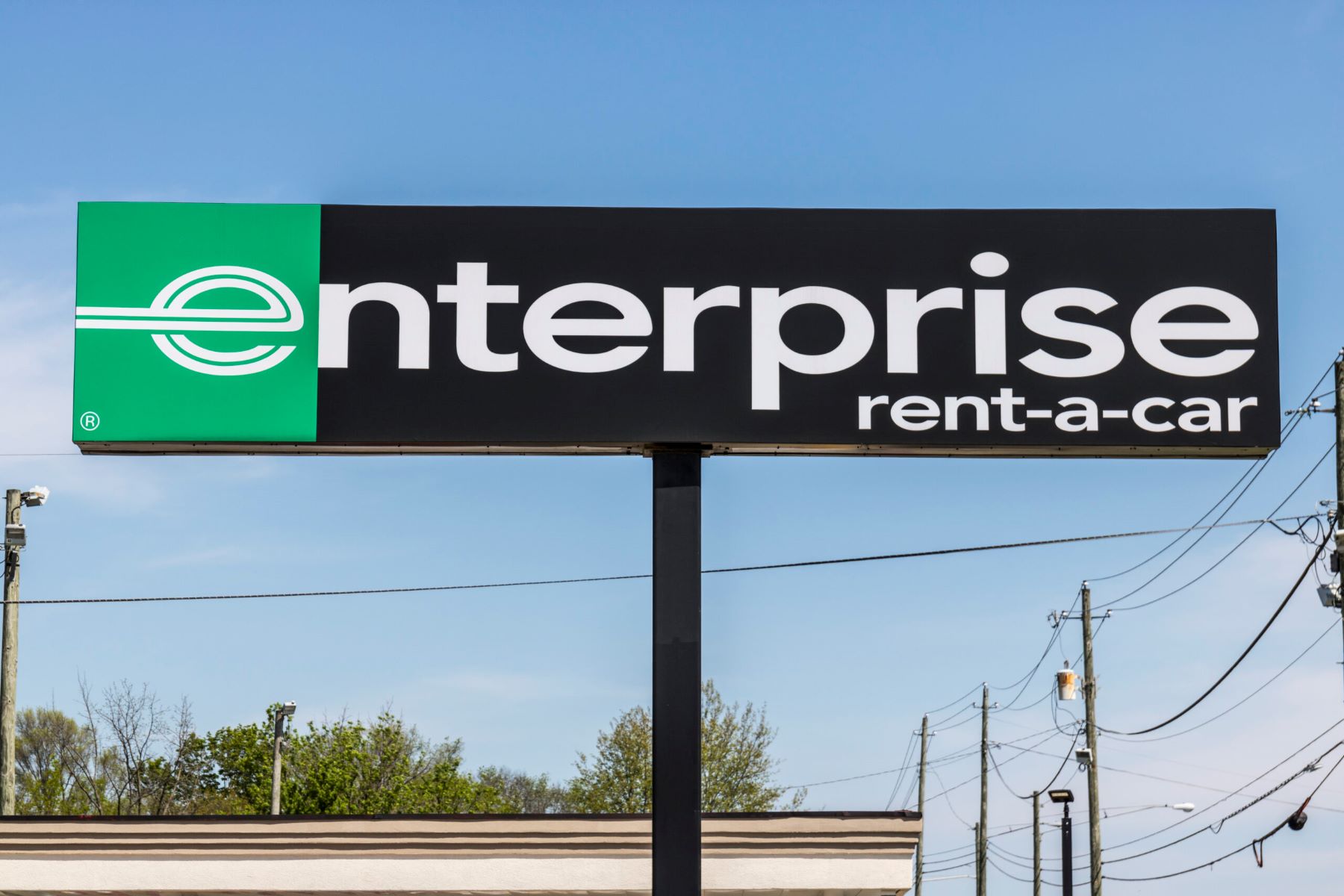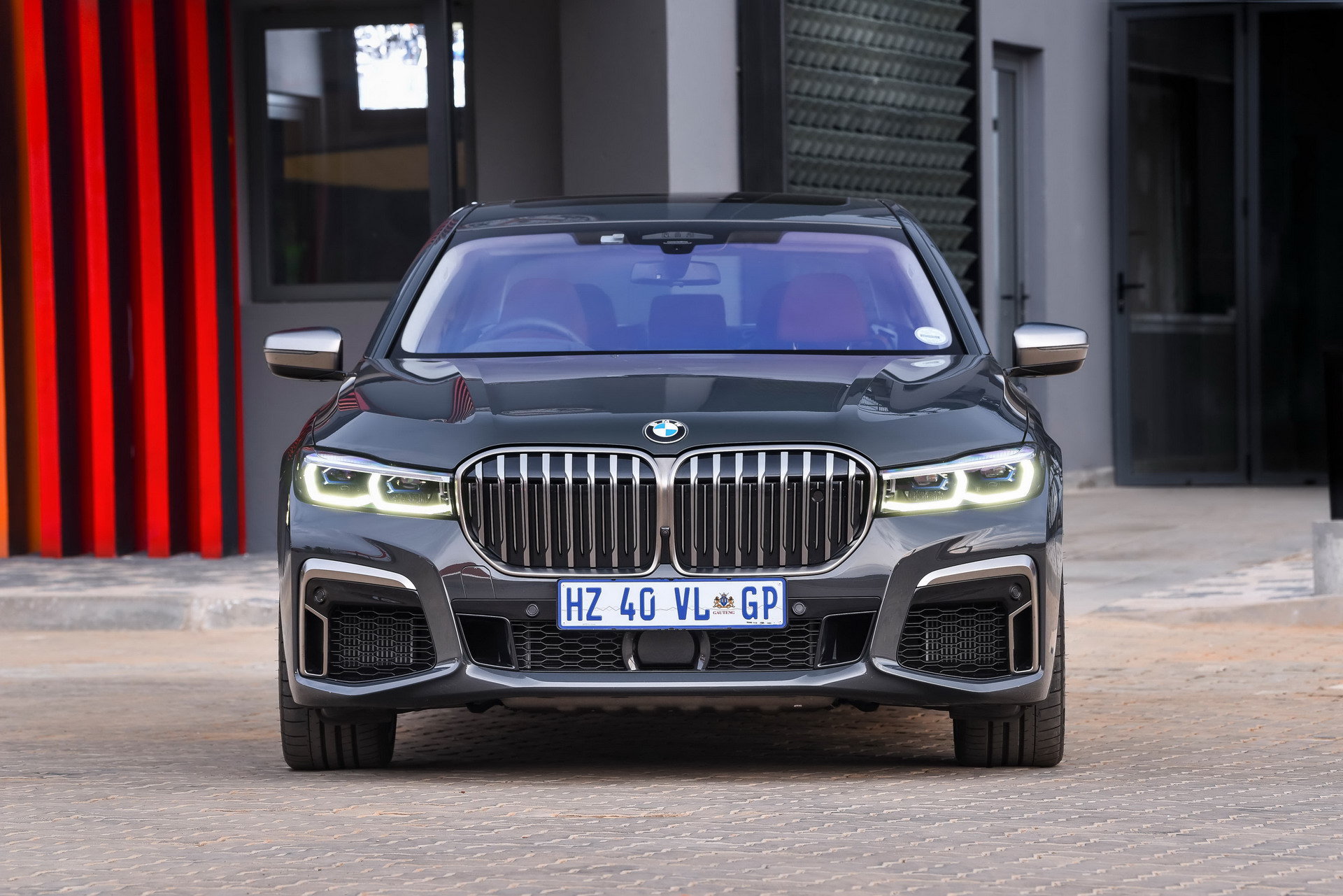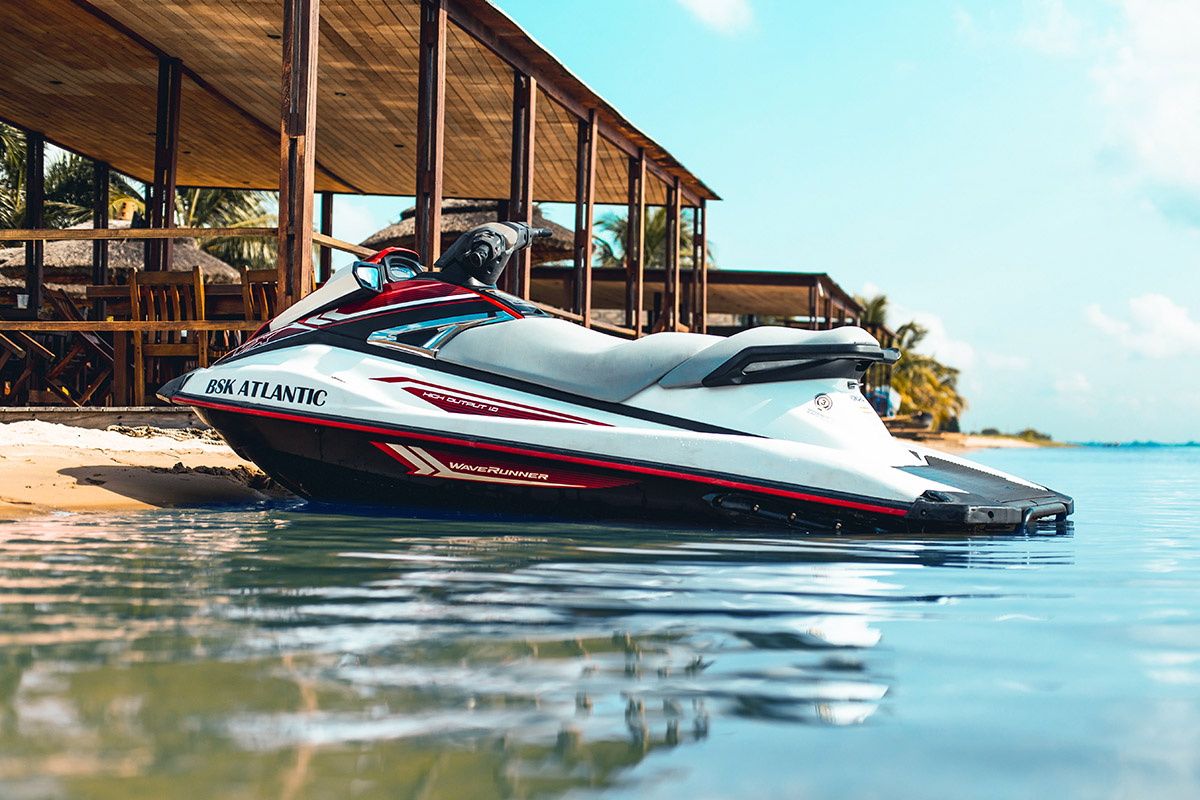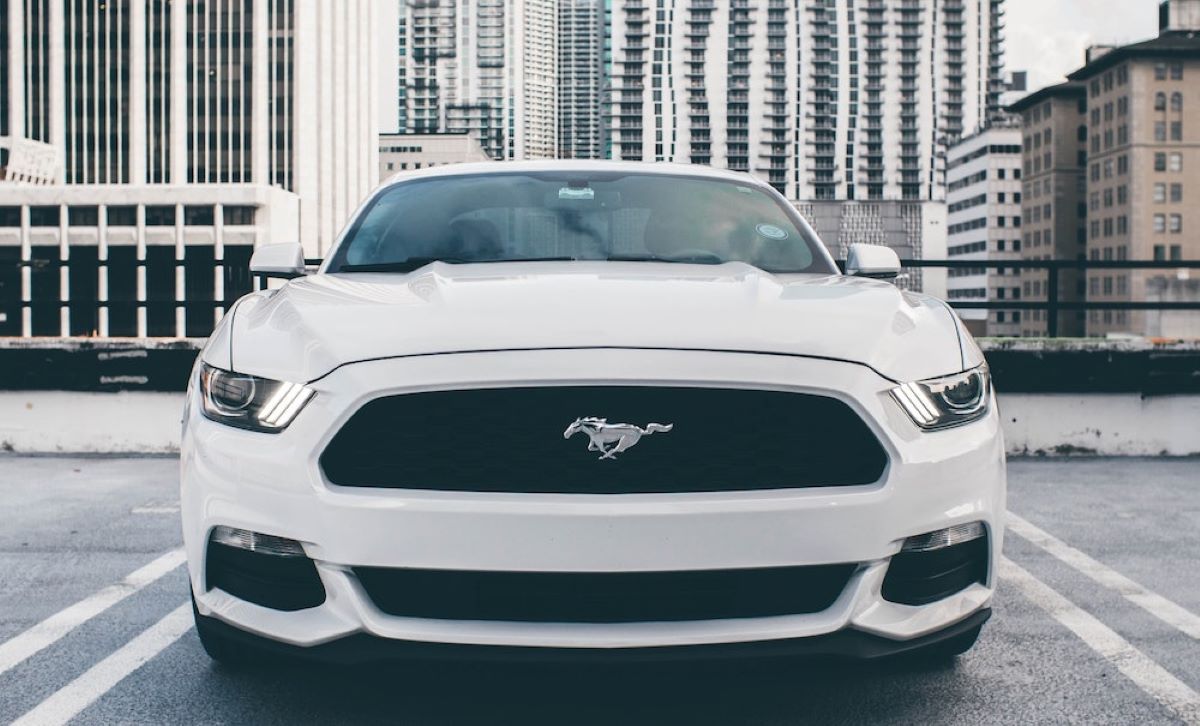

Finance
How Much Is Insurance For A Challenger
Published: November 13, 2023
Looking to finance a Challenger? Find out how much insurance will cost for this popular muscle car. Get the best rate and coverage for your new ride.
(Many of the links in this article redirect to a specific reviewed product. Your purchase of these products through affiliate links helps to generate commission for LiveWell, at no extra cost. Learn more)
Table of Contents
Introduction
When it comes to insuring your Dodge Challenger, understanding the factors that affect insurance rates and exploring coverage options is essential. The Dodge Challenger is a powerful and iconic muscle car, known for its performance and style. However, the characteristics that make it such a thrilling vehicle to drive can also impact its insurance costs.
Insuring a Challenger requires finding the right balance between affordable premiums and sufficient coverage to protect your investment. This article will guide you through the various factors that influence insurance rates for a Challenger and provide insights into insurance coverage options. Additionally, we will discuss average insurance costs for Challengers and share some valuable tips to help lower your insurance premiums.
Whether you are a proud Challenger owner or considering purchasing one, understanding the intricacies of insurance for this high-performance vehicle is crucial. By equipping yourself with this knowledge, you can make informed decisions about your insurance coverage and keep your Challenger protected on and off the road.
Factors That Affect Insurance Rates
Several factors come into play when determining the insurance rates for a Dodge Challenger. Being aware of these factors can help you understand why your premiums may vary and prepare you for the associated costs:
- Vehicle Type: The make and model of your vehicle significantly impact insurance rates. The Dodge Challenger falls into the category of high-performance cars, which tend to have higher insurance premiums due to their increased risk of accidents and theft.
- Engine Power: The Dodge Challenger boasts powerful engines, ranging from V6 to V8 options. The higher the horsepower, the more risk is associated with the vehicle, leading to higher insurance rates.
- Driving Record: Your driving history plays a significant role in determining insurance rates. If you have a clean driving record with no or minimal accidents or traffic violations, you are more likely to receive lower premiums.
- Age and Gender: Younger drivers, especially those under the age of 25, tend to have higher insurance rates due to their perceived higher risk. Additionally, statistics show that young male drivers often face higher premiums than their female counterparts.
- Location: Your geographical location affects insurance rates. If you reside in an area with higher crime rates or a higher frequency of accidents, your premiums may be higher to compensate for the increased risk.
- Usage: How you use your Dodge Challenger can affect insurance rates. If it is your primary vehicle for daily commuting, you may face higher premiums compared to occasional or leisurely usage.
- Insurance History: Your past insurance claims and coverage history can impact your rates. If you have a history of frequent claims or gaps in coverage, insurance companies may consider you a higher risk and charge higher premiums.
- Credit Score: In many states, insurers may take into account your credit score when determining insurance rates. A lower credit score can result in higher premiums.
These are just a few of the key factors that influence insurance rates for a Dodge Challenger. It’s important to note that each insurance company may weigh these factors differently, so it’s always a good idea to shop around and compare quotes to find the best coverage and rates.
Insurance Coverage Options for Challengers
When insuring your Dodge Challenger, it’s crucial to understand the different coverage options available to adequately protect your investment. Here are some common insurance coverage options to consider:
- Liability Coverage: This coverage is required in most states and helps cover the costs of damages and injuries to others if you are at fault in an accident. It typically includes bodily injury liability and property damage liability.
- Collision Coverage: Collision coverage helps pay for the repairs or replacement of your Challenger if it is involved in a collision with another vehicle or object, regardless of fault.
- Comprehensive Coverage: Comprehensive coverage provides protection for non-collision-related damages. It covers events such as theft, vandalism, natural disasters, and falling objects.
- Uninsured/Underinsured Motorist Coverage: This coverage protects you if you are involved in an accident with a driver who doesn’t have insurance or has insufficient coverage. It helps cover your medical expenses and damages caused by the uninsured or underinsured driver.
- Medical Payments Coverage: Medical payments coverage helps cover medical expenses for you and your passengers in the event of an accident, regardless of fault.
- Personal Injury Protection (PIP): PIP coverage goes beyond medical payments coverage and helps cover additional expenses such as lost wages and rehabilitation costs resulting from an accident.
These are the basic coverage options you should consider for your Dodge Challenger. However, depending on your needs, you may also want to explore additional coverage options such as roadside assistance, rental car reimbursement, and enhanced liability limits.
It’s important to review your state’s insurance requirements and consult with insurance professionals to determine the coverage options that best suit your needs and budget. Remember to carefully read the terms and conditions of your insurance policy to ensure you have a clear understanding of what is covered and any limitations or exclusions that may apply.
Average Insurance Costs for Challengers
When it comes to determining the average insurance costs for a Dodge Challenger, several factors come into play. These include the driver’s age, driving record, location, coverage options, and the specific model and trim of the Challenger. While it is difficult to provide an exact figure for insurance costs, we can still provide a general idea based on available data.
On average, insurance costs for a Dodge Challenger can range from $1,500 to $2,500 per year. However, it’s important to note that these figures can vary significantly depending on the factors mentioned earlier. For example, younger drivers or those with a history of accidents or violations may face higher premiums, while older drivers with a clean driving record may enjoy lower rates.
The specific model and trim level of the Dodge Challenger can also impact insurance costs. Higher-performance trims, such as the SRT Hellcat or Demon, may have higher premiums due to their increased horsepower and associated risk. Conversely, base models or less powerful trims may come with lower insurance costs.
It is worth mentioning that insurance rates can also vary by location. Certain areas with higher rates of accidents or theft may have higher insurance premiums. Conversely, living in an area with lower crime rates and fewer accidents can result in lower insurance costs.
To get a more accurate idea of the insurance costs for your specific Dodge Challenger, it is recommended to request quotes from insurance providers. This will allow you to compare rates and coverage options to find the most suitable and affordable insurance policy.
Remember, insurance costs are not the only factor to consider when purchasing a Challenger. It’s essential to prioritize sufficient coverage and financial protection to ensure that you are adequately protected in the event of an accident or other unforeseen circumstances.
Tips to Lower Insurance Premiums for Challengers
Insurance premiums for a Dodge Challenger can be quite high due to its powerful performance and potential risk. However, there are several strategies you can employ to help lower your insurance premiums while still maintaining adequate coverage. Consider these tips:
- Shop Around: Insurance companies differ in how they assess risk and calculate premiums. Take the time to obtain quotes from multiple insurance providers to compare rates and identify the most competitive options.
- Combine Policies: Many insurance companies offer multi-policy discounts if you bundle your car insurance with other policies, such as homeowners or renters insurance. Consolidating your coverage with one provider can lead to significant savings.
- Opt for Higher Deductibles: Choosing a higher deductible can lower your premiums. However, be sure to select a deductible amount that you can comfortably afford to pay out of pocket in the event of a claim.
- Improve Your Driving Record: Maintaining a clean driving record by avoiding accidents and traffic violations can help lower your insurance premiums over time. Safe driving habits demonstrate responsible behavior and reduce the perceived risk associated with insuring a high-performance vehicle.
- Consider Usage-Based Insurance: Some insurance companies offer usage-based insurance programs that track your driving habits. By demonstrating safe driving practices, such as maintaining low mileage and avoiding risky behaviors, you may qualify for discounted premiums.
- Install Safety Features: Equipping your Dodge Challenger with anti-theft devices, car alarms, or tracking systems can help deter theft and lower your insurance costs. Safety features such as anti-lock brakes, airbags, and stability control can also result in premium discounts.
- Take Defensive Driving Courses: Completing a defensive driving course may not only improve your driving skills but also make you eligible for insurance discounts. Check with your insurance provider to see if they offer discounts for completing approved defensive driving courses.
- Maintain Good Credit: In some states, insurance companies consider your credit score when determining premiums. Maintaining a good credit score can lead to lower insurance rates, so it’s important to manage your credit responsibly.
- Review Your Coverage Regularly: As your circumstances change, review your insurance coverage to ensure it aligns with your needs. You may be overpaying for coverage you no longer require or missing out on discounts for new features or changes in your driving habits.
By implementing these tips, you can potentially reduce your insurance premiums for your Dodge Challenger while still maintaining the protection you need. Remember to consult with insurance professionals to determine the best strategies for your specific situation and ensure you have the appropriate coverage for your needs.
Conclusion
Insuring your Dodge Challenger requires careful consideration of various factors that can affect insurance rates and coverage options. Understanding these factors and taking proactive steps can help you secure adequate protection for your high-performance vehicle while reducing insurance premiums.
Factors such as the type of vehicle, engine power, driving record, age, location, and usage all play a role in determining insurance rates for a Challenger. It’s important to shop around, compare quotes, and explore different coverage options to find the most suitable policy for your needs and budget.
Liability coverage, collision coverage, comprehensive coverage, uninsured/underinsured motorist coverage, medical payments coverage, and personal injury protection are common insurance coverage options for Challengers. It’s crucial to understand the specific terms and conditions of your policy to ensure you have adequate protection in different scenarios.
The average insurance costs for Challengers can vary based on several factors, including driver characteristics, location, and the specific model and trim of the vehicle. Requesting quotes and comparing rates from multiple insurance providers can help you determine the average costs associated with insuring your Challenger.
To lower insurance premiums for your Dodge Challenger, consider shopping around, bundling policies, opting for higher deductibles, maintaining a clean driving record, exploring usage-based insurance, installing safety features, taking defensive driving courses, and maintaining good credit. Regularly reviewing your coverage and adjusting it as needed is also essential to ensure you have appropriate protection and are not overpaying for unnecessary coverage.
Ultimately, by being informed, proactive, and diligent in your insurance approach, you can find the right balance between cost-effective coverage and adequate protection for your Dodge Challenger. Remember to consult with insurance professionals and select a policy that aligns with your unique circumstances and risk tolerance.














